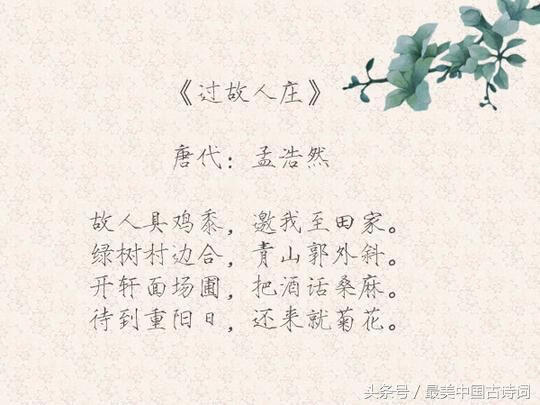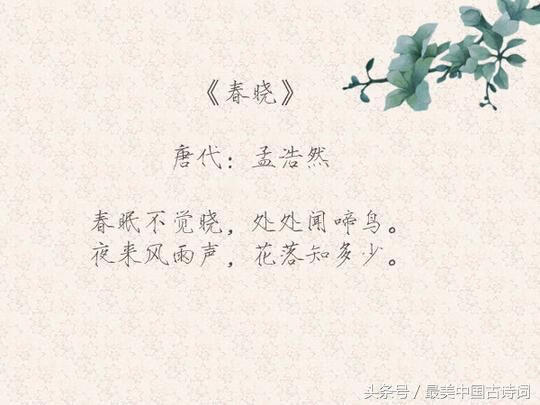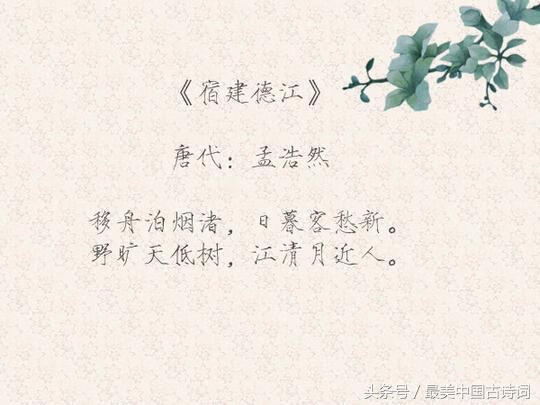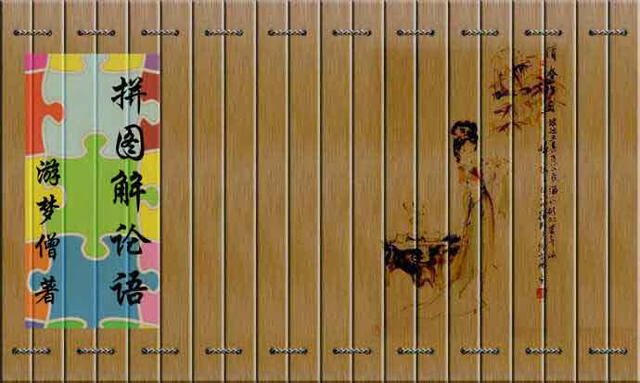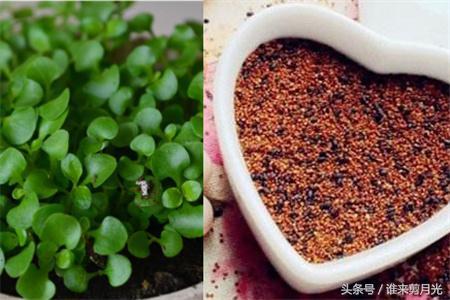.jpg)
原文标题:
Rebranding the Asian carp
Copicat
To hook diners, an invasive species of carp gets a new name
Ceci n’est pas une carpe
It has worked before, for the Patagonian toothfish and the slimehead
Ceci n\\'est pas une carpe
[Paragraph 1]
What’s not to like about Asian carp? Nutritious, mild and delicate in flavour, it can be filleted, deep-fried or minced into fish cakes—just mind the bones. But Americans do not care for it. For starters, they confuse the fish with the common (or European) carp that is a bottom feeder, a much-maligned group. Yet tempting people to eat more Asian carp could boost biodiversity in rivers across America’s South and Midwest. With a new campaign, officials in Illinois hope to lure diners.

[Paragraph 2]
The carp was brought from Asia in the 1970s to help clean aquafarms in Arkansas. (They clear the water of plankton and algae, earning them the name of “filter feeders”.) From there they escaped into the Mississippi and propagated northward, outcompeting native fish species for food. Now they are abundant in the Illinois River. Ecologists worry they will evade barriers in the waterways around Chicago and enter the Great Lakes, reducing the native fish diversity there.
[Paragraph 3]
In 2018 the Illinois Department of Natural Resources decided it would “recast” how Asian carp is perceived. Marketers were brought in. They cooked up a new name, which was released on June 22nd: copi (for copious). Nick Adam of Span, the agency behind the rebranding, says the goal was to shed the fish’s reputation as one only for adventurous eaters. Focus groups described copi as “cute” and “manageable”.
[Paragraph 4]
Asian carp is not the first to get a makeover. The Patagonian toothfish is marketed in America as Chilean sea bass (it is neither a bass nor native to Chile). The foul-sounding slimehead has been much better known as orange roughy since the late 1970s. And managing invasive species by harvesting them is not a novel idea either. The National Oceanic and Atmospheric Administration, a federal agency, exhorts people to eat lionfish, which threaten reefs along the Atlantic coast and in the Caribbean. Louisiana’s wildlife department offers recipes for nutria, a semi-aquatic rodent with an irrepressible breeding habit. Ragondin à l’orange, anyone?
[Paragraph 5]
Lionfish is quite well-liked, notwithstanding its 18 venomous fin spines; the toothfish’s new name was such a hit that it arguably contributed to its overfishing. But evidence is mixed about whether harvesting to control an invasive species is effective. With Asian carp, only larger fish are targeted for human consumption. A study by researchers at Michigan State University recommended that fishermen be given incentives to catch small ones too, for use in fertiliser and fish meal.
[Paragraph 6]
But creating demand also risks impeding efforts to reduce numbers. Prairie Rivers Network, an environmental group, has opposed the copi rebranding because it seems to “incentivise a long-term sustainable carp fishery in Illinois waters”. Much will depend on whether America’s gourmands cop on to copi.
(恭喜读完,本篇英语词汇量482左右)
原文出自:2022年7月9日《经济学人》United States版块
精读笔记来源于:自由英语之路
本文翻译整理: Irene
本文编辑校对: Irene
仅供个人英语学习交流使用。
【补充资料】(来自于网络)
亚洲鲤鱼Asian carp是原产地亚洲的鲤科鱼类,是美国人对青鱼、草鱼、鳙鱼、鲢鱼、鲫鱼及鲤鱼这些鲤形目鲤科鱼类的通称 。亚洲鲤鱼每天能摄入相当于其体重40%的水草、浮游生物或野生蚌类。
1963 年美国为了防止水体中浮游植物肆意生长、净化水体,从中国引进了草鱼, 并在随后几年引进了鳙鱼、鲢鱼和青鱼,取得了效果。然而亚洲鲤鱼立刻开启了疯狂的入侵模式,凭借饕餮的胃口,强大的繁殖能力,没有天敌的优势,一路攻湖掠泊,肆虐美国十几个州,很快就成为河流湖泊中的绝对霸主,一些地方甚至已占据鱼类总量的90%,导致本土水生动物无法生存,水生植物资源大量枯竭。2014年1月,美国奥巴马政府不得不耗资180亿美元,希望用25年时间构筑堤坝,防止亚洲鲤鱼攻入本土淡水鱼类最后的保留地——五大湖。
滤食性鱼类Filter Feeders是一类用鳃耙过滤水中微小的浮游生物、细菌、有机碎屑等的鱼类,代表性的种类有鲢、鳙等,是我国传统的养殖鱼类。滤食性鱼类最常见种类为四大家鱼中的鲢鱼和鳙鱼。
欧洲鲤鱼:多栖息於水域中下层,而以富营养水域底泥砂质静水域为主,有集体群游习性。为杂食性鱼类,以小型无脊椎动物与底栖动物为主。亚洲鲤鱼被美国民众误认为是底层鱼,污染重。其实,亚洲鲤鱼是上层鱼,以水中浮游生物为食。与同一水域中的大型肉食性鱼类相比,亚洲鲤鱼在食物链中属于受污染相对很轻的鱼种。
焦点小组(Focus Group),也称小组访谈,是社会科学研究中常用的质性研究方法。一般由一个经过研究训练的调查者主持,采用半结构方式(即预先设定部分访谈问题的方式),与一组被调查者交谈。
小组访谈的主要目的是倾听被调查者对研究问题的看法。被调查者选自研究的总体人群。小组访谈的优点在于,研究者常常可以从自由讨论中得到意想不到的发现。
橙连鳍鲑(Orange Roughy),长寿鱼,新西兰红鱼又名金黄鱼,属鲈形目石首鱼科学,与中国的大黄鱼属同一族群。
【重点句子】(3个)
And managing invasive species by harvesting them is not a novel idea either.
通过捕鱼来控制入侵鱼类并不是新鲜事。
But evidence is mixed about whether harvesting to control an invasive species is effective.
但是,关于“捕鱼以控制入侵鱼类是否有效“的证据不一。
But creating demand also risks impeding efforts to reduce numbers.
但创造需求也有可能会增加鲤鱼的数量。

自由英语之路
版权声明:本文内容由互联网用户自发贡献,该文观点仅代表作者本人。本站仅提供信息存储空间服务,不拥有所有权,不承担相关法律责任。如发现本站有涉嫌抄袭侵权/违法违规的内容, 请通知我们,一经查实,本站将立刻删除。


